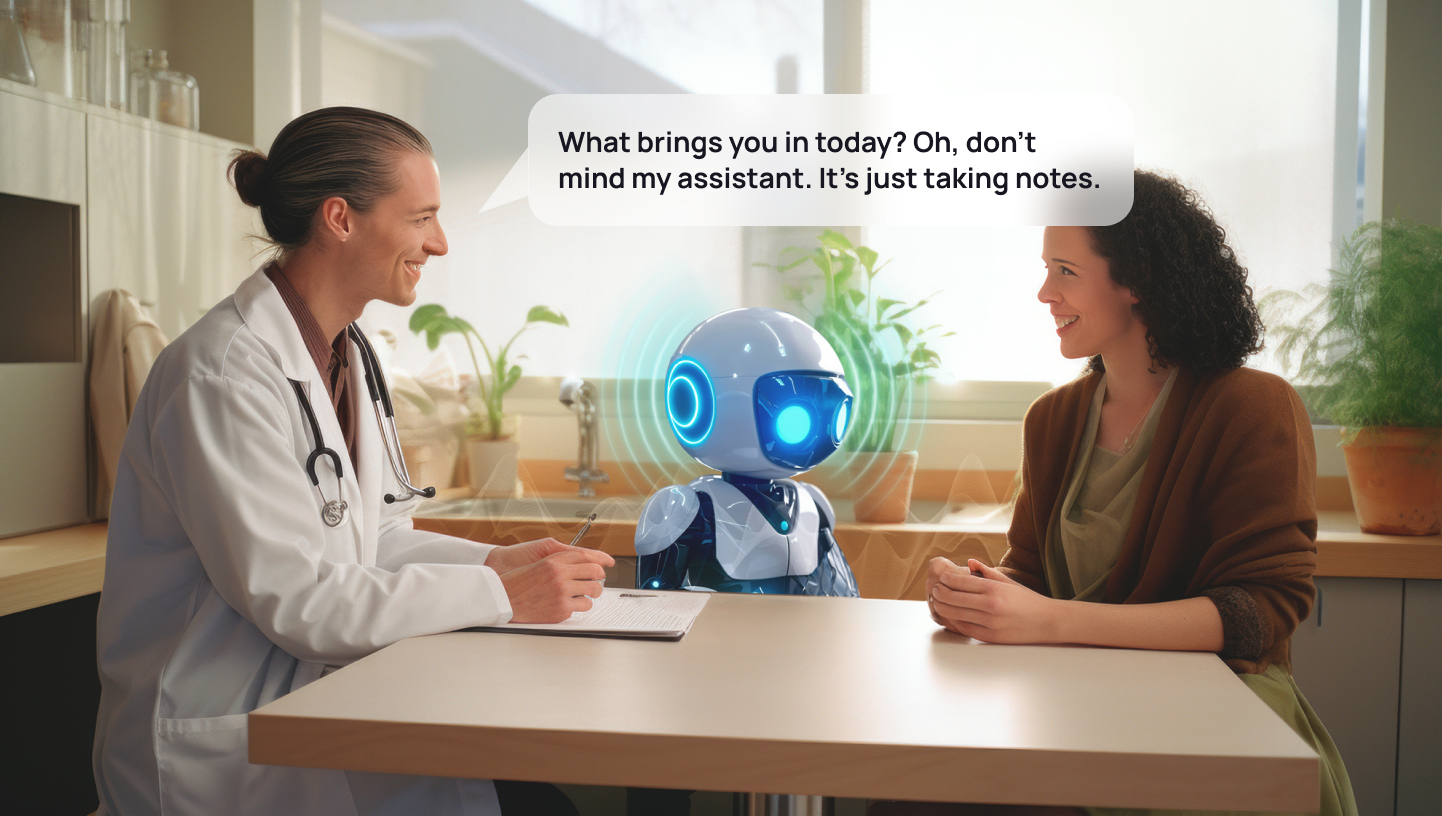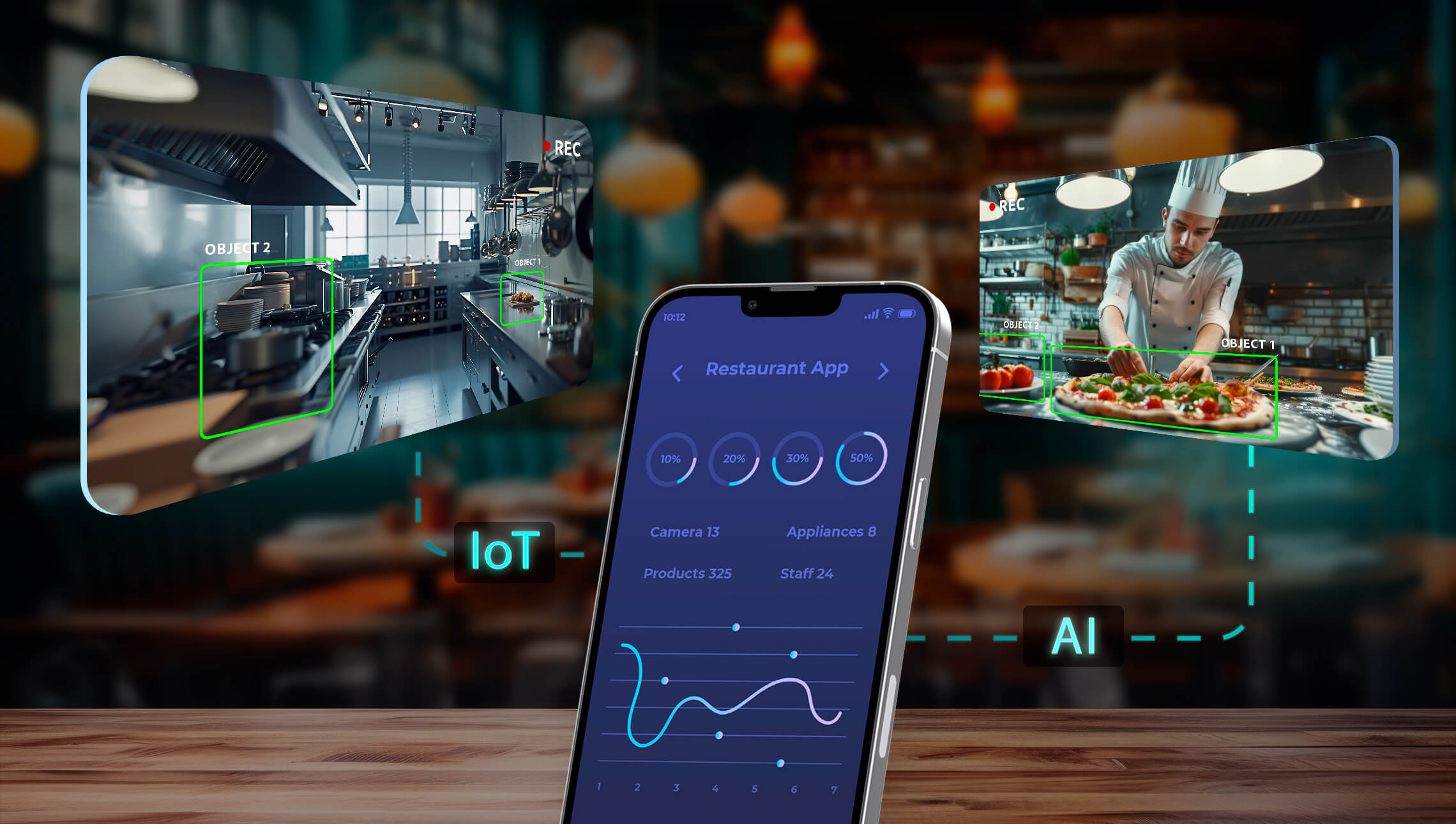How RPA Can Help You Optimize Your Business Processes

According to statistics, up to 76% of tasks carried out by a US worker can be improved by automating routine processes through implementing new technologies and ways of working. This appears to be a desirable prospect for any business. The only question is which technology to choose. And robotic process automation (RPA) seems like a perfect way to start your digital transformation journey. Below, we explain why and describe how RPA solutions can benefit your business.
What is Robotic Process Automation (RPA)?
The definition of Robotic Process Automation lies more in terms of process automation rather than in robots as we know them. RPA is a robot though, but a software robot running on a physical or virtual machine. It can perform the most mundane routine tasks of human workers quickly, at high volume, and without errors.
However, it’s important to understand that RPA solutions are not AI — although you can power them with AI — therefore they can’t “think” on their own or learn and improve over time. Software bots can perform only the most unsophisticated tasks that require little to no decision-making. For example, copying and pasting data, sorting out emails, and processing invoices.
How Can RPA Benefit Your Business?
Save Time and Money
By entrusting tedious processes to RPA, businesses can save a lot of valuable time for more important activities, and consequently save money. According to a 2023 survey, automation saves workers an average of 3.6 hours per week. In the business world, time saved is money earned. And the results of a recent study prove it. It indicates that 66% of GBS organizations have achieved at least 10% of financial savings by using automation.
Reduce Human Error
Drivers, particularly long-haul ones, experience a lack of concentration during extended periods on the road. They may unintentionally enter a state of distraction and struggle to recall specific moments afterward. In psychology, this phenomenon is called “highway hypnosis”.
The same thing happens with office workers who perform monotonous tasks day after day, hour after hour. This can cause them to lose focus and make careless mistakes.
This is where RPA comes to the stage to lend its helping hand. Unlike humans, bots can run on autopilot, efficiently handling vast amounts of tedious tasks. By incorporating these solutions, you can effectively reduce risks for your business, and enhance operational quality by up to 90%.
Boost Productivity
With RPA tools in place, you can unleash the full potential of your team. Liberated from rule-based, mundane tasks, your employees can channel their skills, expertise, and energy into more crucial responsibilities, inevitably boosting their work productivity. Statistics prove this. According to a survey, RPA adoption increases productivity by a whopping 86%. In this context, automation isn’t just about saving time; it’s about optimizing talent to the fullest.
Increase Scalability and Flexibility
If you consider scaling up RPA solutions are exactly what you need. It’s evident that software robots adapt more effectively to emergency situations than human workers. Whether it’s a surge in patients at a hospital or a Black Friday order frenzy in a retail company, RBA tools enable you to seamlessly scale up to meet increased workloads. While recruiting a new employee takes up to 44 days, software robots don’t need to be hunted on LinkedIn, interviewed, onboarded and trained. You can effortlessly “hire” as many as you need and in no time.
Improve Customer Experience
And last but not least, RPA tools can enhance your customer experience. By automating common support tasks, bots can promptly address standard requests and assist customers in troubleshooting minor problems. This not only contributes to reducing response times but also frees up your staff for more nuanced inquiries.
RPA Use Cases
Thanks to its ability to automate tasks and handle large amounts of data, RPA is useful in any industry aiming to save time and effort on routine activities that don’t require human input. Let’s explore how RPA can benefit businesses and organizations from various sectors.
Food and Beverages
It might seem like the Food and Beverages industry could use an extra pair of physical robot’s hands, rather than the virtual ones of a software bot. However, that’s not the case. Restaurants and other F&B businesses daily manage a range of back-office operations that could benefit from automation as much as, if not more than, kitchen tasks. RPA solutions can optimize processes across various areas — from accounting and HR to inventory and floor management.
For example, they can help you enhance financial reporting efficiency by automatically extracting data from multiple systems, consolidating them, and securely storing them in dedicated folders. That way, you won’t miss a report completion deadline and reduce the risk of human error.
Another area RPA can automate in the F&B industry is HR. These solutions can be helpful when scheduling restaurant workforce. As employees request days off, RPA bots instantly react to changes in their availability and automatically reallocate shifts and tasks. This allows restaurants to avoid disruptions in staffing, especially during peak hours and busy seasons.
Banking and Finance
The Banking and Finance industry appears to have significant potential for benefiting from automated data management and processing. First of all, employees in this sector daily struggle with immense data volumes and oversee numerous manual processes. Furthermore, where there’s human intervention, there’s always a risk of error. And in something as strictly regulated and cyberattack-prone as Banking and Finance, even a minor slip can have disastrous consequences like a data breach, on average costing an organization around $4.45 million.
This is where RPA tools come into play. They can eliminate the risk of human error and improve productivity by automating many time-consuming processes, including customer onboarding, fraud detection, regulatory compliance, and loan processing.
The growing interest in RPA among industry leaders is evident. 92% of finance leaders believe these tools have a greater potential to drive growth compared to any other technology. This acknowledgment has spurred a trend toward massive RPA adoption. According to Gartner, 80% of finance leaders have either already implemented RPA or are planning to.
Healthcare
Statistics indicate that approximately 33% of tasks performed by healthcare providers have the potential for automation. This underscores the practical application of RPA tools in assisting healthcare professionals overwhelmed with administrative responsibilities. By delegating routine tasks to bots, physicians can redirect their focus toward delivering quality care to patients.
RPA software is particularly effective in automating such repetitive and tedious activities as appointment scheduling, invoice processing, customer service, enrollment, billing, and claims processing. Notably, the manual processing time for a single claim is around 85 seconds, while RPA solutions can complete the same task in just 12 seconds, showcasing a significant increase in efficiency.
The impact of RPA goes beyond task automation. Not only can these solutions reduce workload and increase productivity, but also lessen the risk of physician burnout. Recent statistics show that work-related bureaucratic tasks have been identified as the main reason for burnout in 62% of cases in the last few years. Through the implementation of RPA, healthcare providers can address this concern and promote a more sustainable and balanced work environment for their professionals.
Manufacturing
For decades, manufacturing companies have been using robots to streamline shop-floor operations. Luckily, today they can extend the benefits of automation beyond product assembly to include back-office processes.
RPA solutions provide manufacturers with opportunities to optimize various activities, including invoice processing, purchase order creation, customer communication, and inventory management. Additionally, 92% of manufacturers recognize the benefits of RPA in improving compliance, and 90% report it has positively impacted the quality and accuracy of their operations.
This technology also shows astonishing results in addressing a major manufacturing problem — parts proliferation. Engineers, faced with incomplete information on parts attribution scattered across systems or trapped in unstructured sources, often choose to create new parts rather than reuse existing ones. This not only results in massive financial losses but also complicates the calculation of the true product costs.
Fortunately, the implementation of RPA software for parts rationalization provides a solution to this problem. These tools empower companies to identify opportunities for material savings, ultimately leading to significant cost reductions. According to stats, such cost savings can range from 4% to 12% of procurement spend, potentially translating into tens of millions of dollars in annual savings for some companies.
Harness the Power of Automation With Softarex
As you can see, RPA is a great starting point if you consider automating your processes. With these tools you can start small and ease your way into the digital world.
And at Softarex, we’d be happy to assist you on this journey. We have close to 24 years of experience, vast expertise in AI, Machine Learning, Predictive Modeling, and Computer Vision and hands-on experience in Full-Cycle Software Engineering. Feel free to drop us a line to discuss your digital transformation needs.





